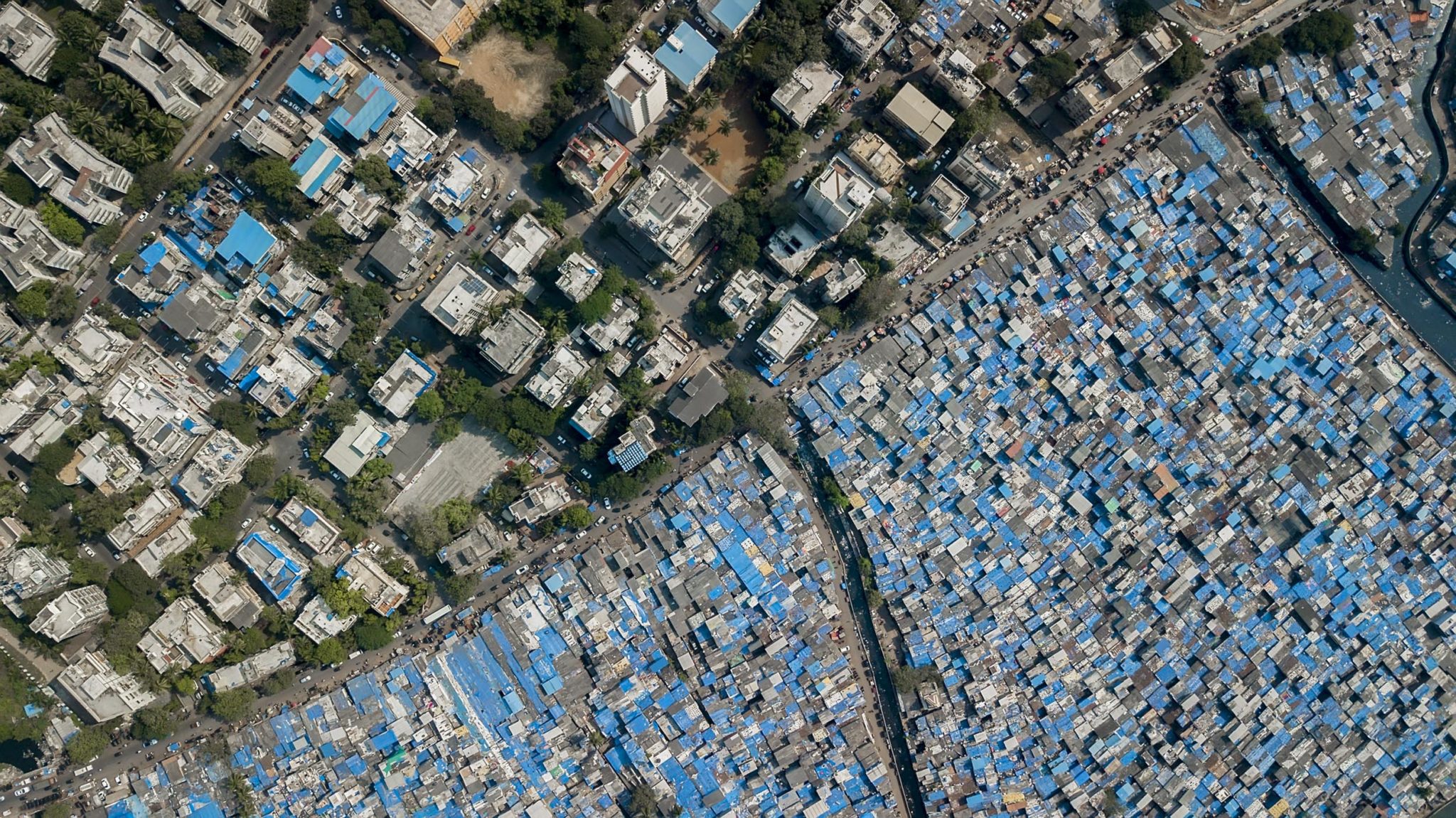All images by Johnny Miller. Used with permission.
Social inequality around the world comes in many forms, with some harder to ignore than others. For documentary photographer and filmmaker Johnny Miller, his first taste of this happened when he moved to Cape Town in South Africa six years ago — as soon as he landed in the city, to be precise. With tin shacks surrounding the airport itself, we can just imagine why he simply couldn’t help but notice the glaring disparity. The impact of this was enough to compel him to take to the skies with his drone and capture it from above to show us the big picture. With it, his Unequal Scenes project was born.
Two years into this eye-opening project, he has already taken it from South Africa to other parts of the world like Mumbai, USA, and Mexico City. With this much coverage, we got curious about things like which location made the most impact on him, any memorable experiences while shooting for the project, and his gear of choice for an undertaking of this scale. Fortunately, Miller recently had the time to indulge us with an interesting interview.
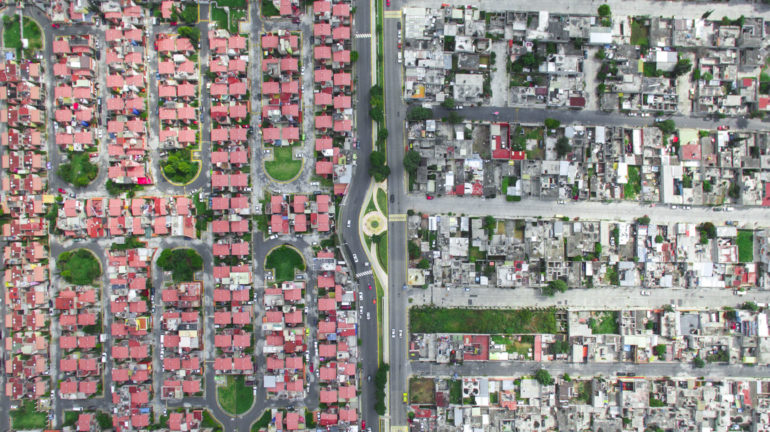
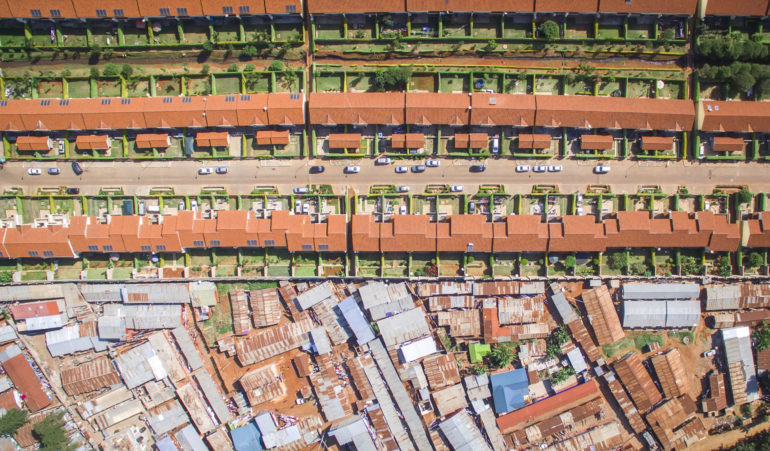
Phoblographer: Hello Johnny! Can you tell us something about yourself and what you do?
Johnny Miller: I’m 37, born in Maryland but moved around quite often due to my dad’s job (he worked for NOAA – a government agency). I went to Dickinson College in Pennsylvania and graduated with a political science degree – after working in Washington DC for several years I quit, and then set off to explore a different path for my career and life.
Phoblographer: How did you get into photography and get started with the kind of photography that you do now?
Miller: I first picked up a camera when I was 29 years old and taught myself how to shoot stills and video. I wanted to learn photography as a sort of trade, in order to make a profession for myself and own my own business.
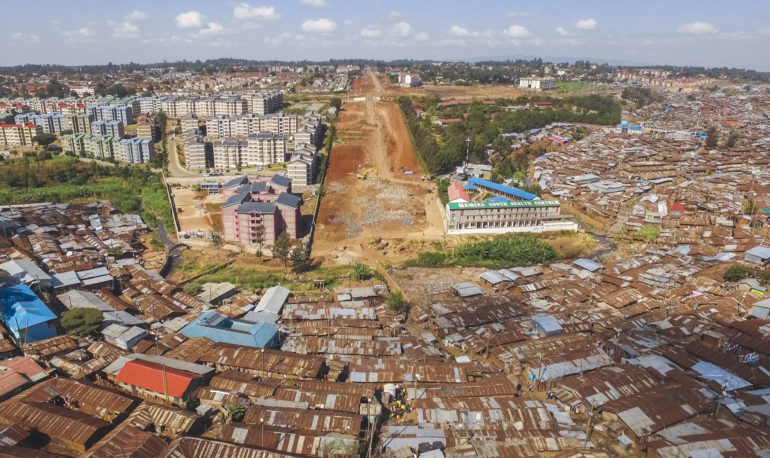
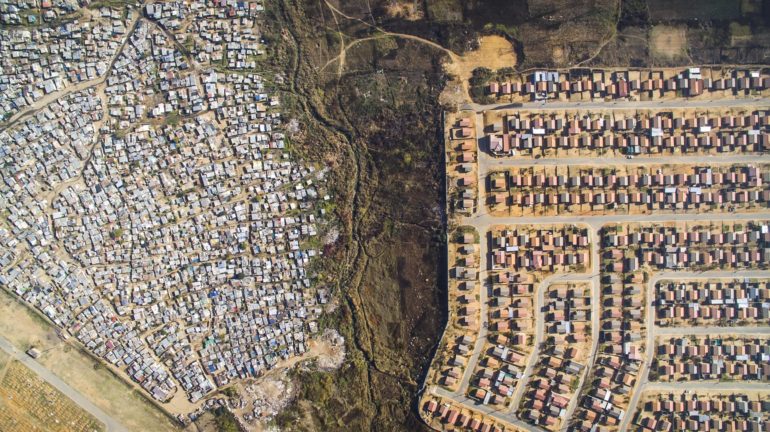
Phoblographer: We’re interested in your Unequal Scenes project. How did the project come to you? Which aspect of this topic did you feel was most worthy of being documented?
Miller: When I moved to South Africa (6 years ago, to study at UCT for a master’s degree in Anthropology), inequality was impossible to ignore. From the minute you land in Cape Town, you are surrounded by shacks. Literally, tin shacks surround the airport, which you have to drive past for about 10 minutes, until you reach the more affluent suburbs where privileged people (myself included) live. This is the status quo in Cape Town, in South Africa, and in many parts of the world — but that’s a status quo that I’m not OK with. To paraphrase Barack Obama, I believe that inequality is the defining challenge of this generation.
But I thought it was strange how easily it was to become habituated to inequality. To drive past these shacks every day, but not really think about it, or do anything about it. So I decided to take my drone and focus on the problem – and try to change people’s perspective, literally, with an aerial view of the problem as I saw it. And one day in April 2016, I did just that – and the project was born.
Phoblographer: While Unequal Scenes began in South Africa, you have now taken it to other parts of the world like Mumbai, USA, and Mexico City. Which of these locations made the most impact to you and the project as a whole?
Miller: The South African images are my “favorites”, in that they mean the most to me, they were the first I took and they have a special resonate as I live in the country and I think the images have a real power to influence the discourse there. From an art point of view I’m happy with the image of Kya Sands and Bloubosrand (Johannesburg) because its got incredible balance, lines, and color which makes it a really strong image, and the difference between the two sides is as stark as anywhere I’ve seen in the world.
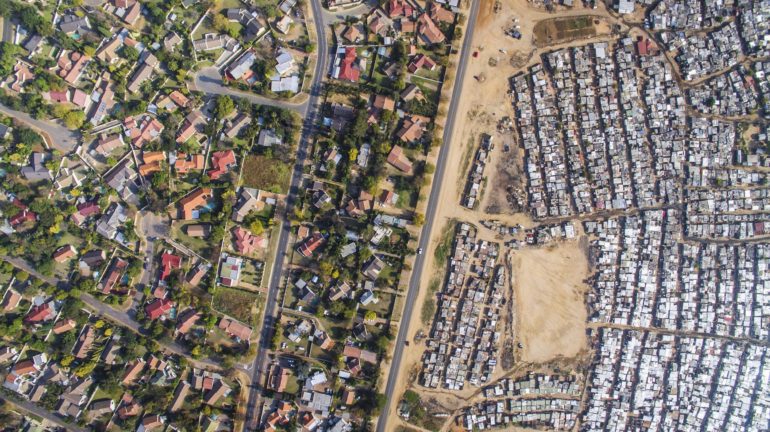
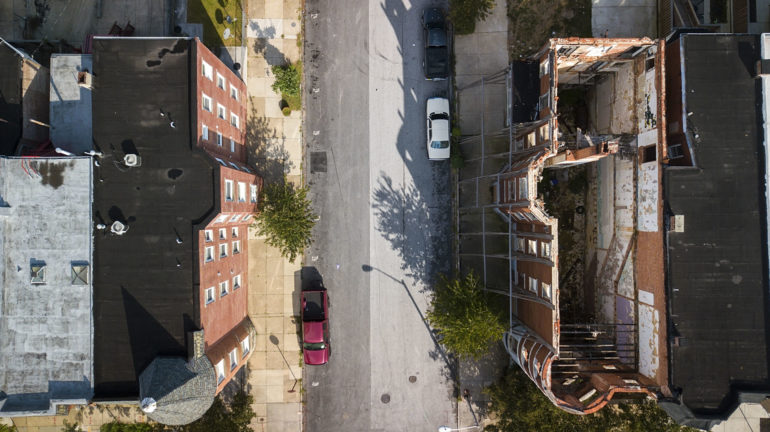
Phoblographer: Do you have any memorable experiences or personal stories while working on Unequal Scenes?
Miller: Probably my favorite place to shoot is Nairobi. Especially in Kibera, you have such a positive, inquisitive spirit in the people, and the work I do can make such a difference, it just feels very fulfilling and lucky to have that opportunity.
Phoblographer: Can you tell us about the gear you use for this project? What made you choose these tools in particular?
Miller: I use DJI drones because they are the best, most reliable, and cheapest option to do the work I do. I’ve used the DJI Mavic, Phantom, Inspire, and M600Pro drones. The M600Pro I mounted a Hasselblad A6D camera onto, which was pretty special and resulted in incredible images.
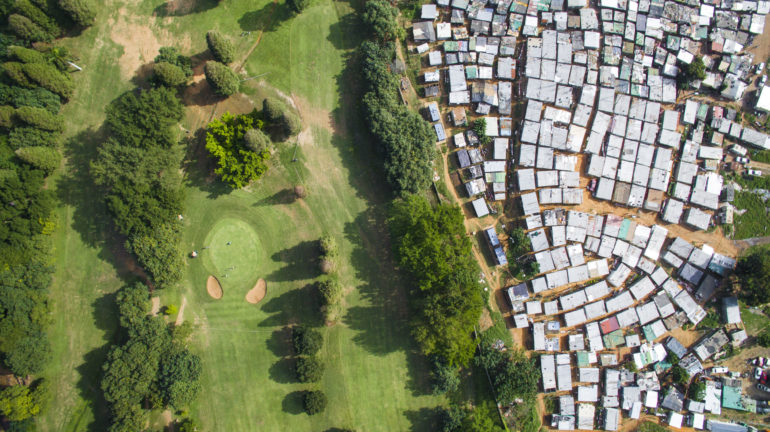
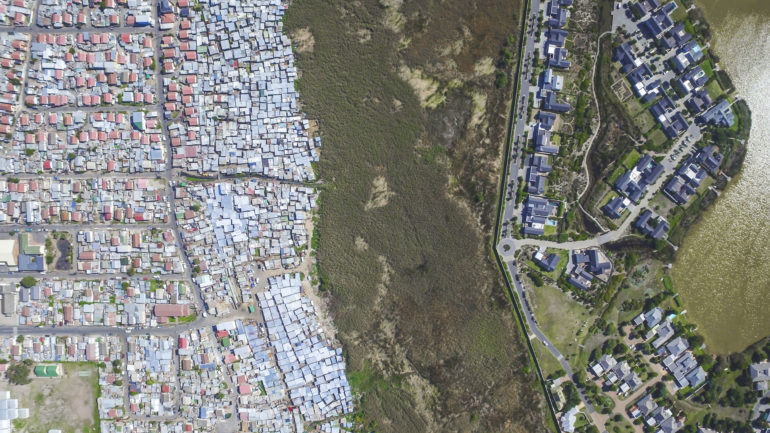
Phoblographer: What do you consider to be the most challenging aspect of this project? How do you work around that?
Miller: Shooting in dangerous cities and informal settlements often means you are highly aware of your surrounding environment, your personal safety, and the actions you are having on the community around you. When you have official support, it can be a fun, even rousing atmosphere – like in Kibera, Kenya, where we were surrounded by dozens of people cheering at the drone rising into the sky. When you are on your own, it can be much more challenging and even scary.
Phoblographer: How has doing this project changed the way you look at cities today?
Miller: I love aerial photography because it allows us an emotional distance to really jump in and spend a lot of time looking at the photos. When I was a kid I used to spend hours looking at maps, seeing all the place names and borders on the page. It’s the same way with my aerial photos – you can almost lose yourself in them. This is also why I think Unequal Scenes is important – it allows us the distance to really reflect on the fact that we have allowed our societies to become so unequal. Traditional portraiture and photography on the ground rarely allows for that sort of contemplation.
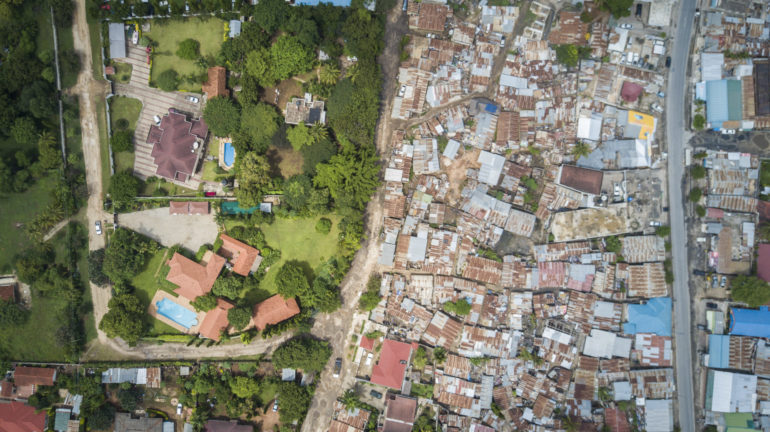
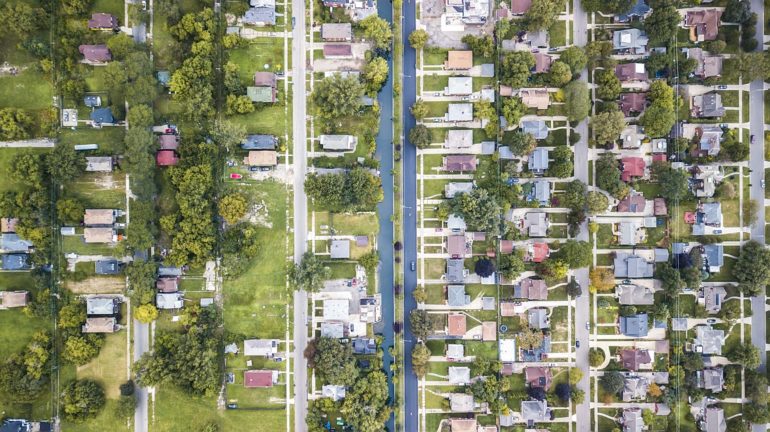
Phoblographer: Where is this project headed to next? Any high-priority locations on your list?
Miller: It’s been incredible how this project has been internationally recognized and awarded. I’ve been awarded fellowships to both Code For Africa (a news organization in South Africa) and also the London School of Economics, where I am completing my fellowship in Social and Economic Equity. I also have founded my own NPO, africanDRONE.org, to help promote drone journalism and empower African storytellers who are looking to use drones in their methodology.
africanDRONE has been incredibly successful and we have established partnerships with major international news organizations, publishing houses, and have members in 14 African countries.
I want to head next to South America.
Phoblographer: Lastly, what would you advise those who also want to make eye-opening photography projects?
Miller: Creating a photo project begins with an idea. It takes planning and foresight to pull together a coherent project – a lot of photography now seems to be done slapdash and poorly thought out – which means it can never be “great”.
Visit the Unequal Scenes website to see the complete project so far, and Johnny Miller’s website for the rest of his work.


